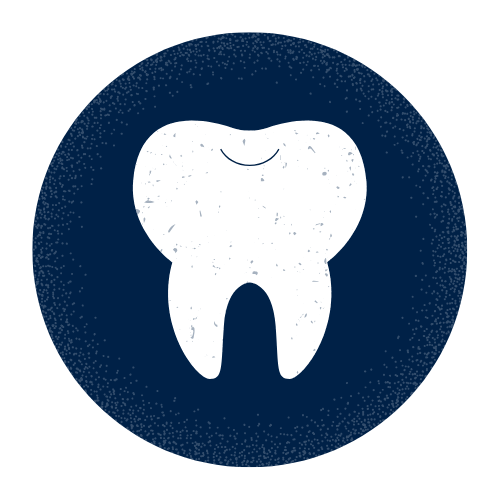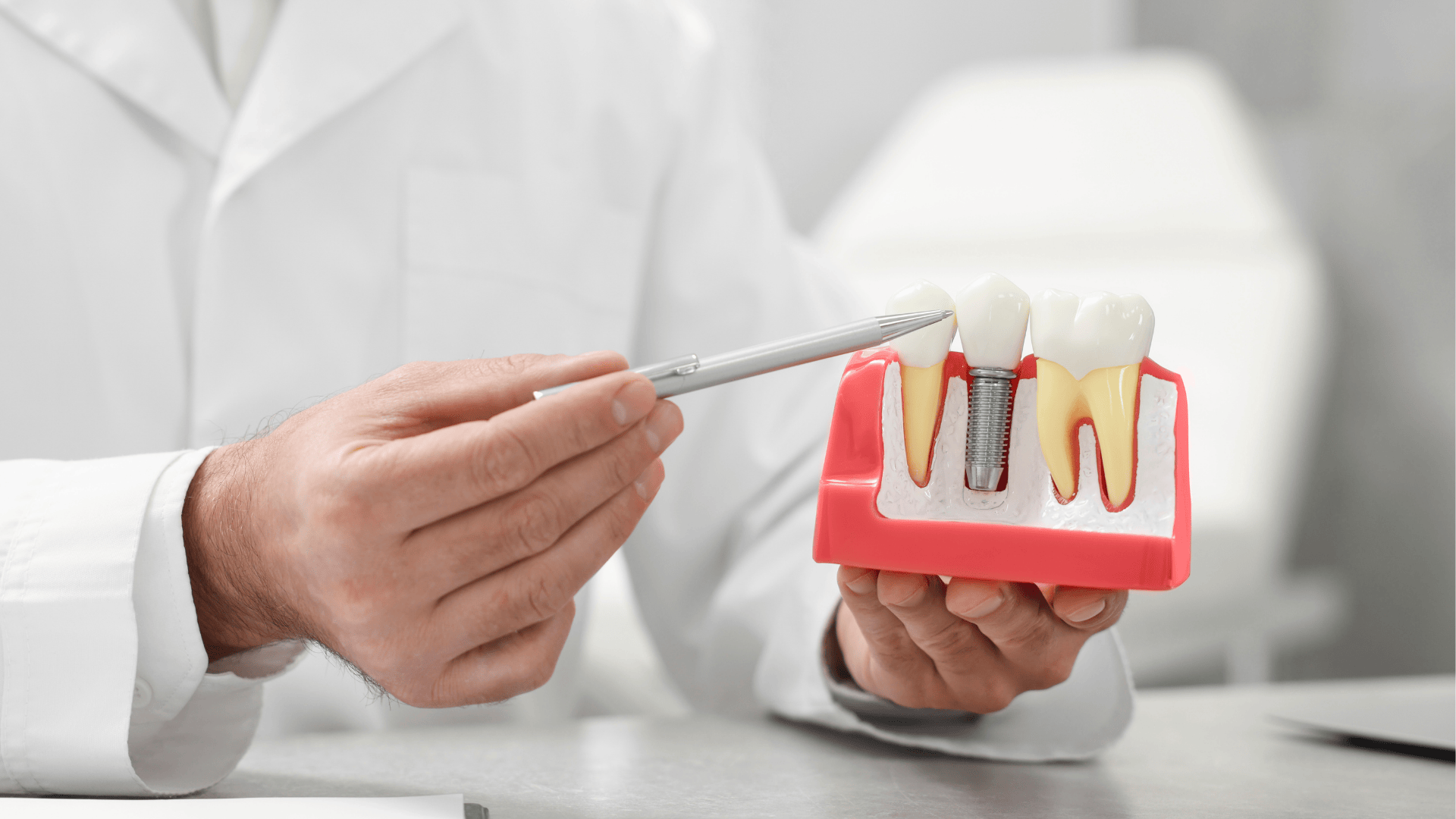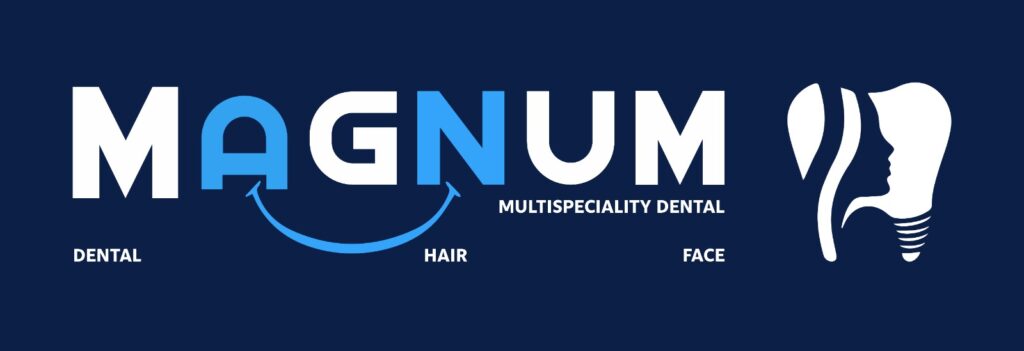
Replace missing teeth and regain your confidence with our high-quality dental bridges and crowns

What is Bridges & Crowns Treatment?
Bridges and Crowns Treatment are effective dental solutions to restore damaged or missing teeth and improve oral functionality. A dental crown, often called a “cap,” completely covers a damaged tooth, restoring its strength, shape, and natural appearance.
A dental bridge is designed to replace one or more missing teeth by anchoring artificial teeth (pontics) to the adjacent healthy teeth using crowns. This treatment ensures a seamless, natural-looking smile while restoring your bite and preventing further dental issues.
Both Bridges and Crowns Treatment are durable, functional, and enhance the aesthetics of your smile, making them ideal for patients seeking reliable restorative dental care.
Benefits of Bridges & Crowns Treatment
Crowns and bridges help you chew properly and comfortably, improving your ability to enjoy your favorite foods.
Missing teeth can cause adjacent teeth to shift out of position, affecting your bite and smile. Bridges prevent this by filling the gap.
Crowns and bridges are designed to look and feel like natural teeth, enhancing your smile's aesthetics and boosting your confidence.
Crowns strengthen weakened teeth, preventing further damage and potential tooth loss.
With proper care, crowns and bridges can last for many years, providing a long-term solution for your oral health needs.
A beautiful, healthy smile can significantly boost your self-esteem and confidence in social and professional settings.

Book Your Appointment
Simply choose your preferred date and time from our online calendar or contact our friendly team directly.

Frequently Asked Questions
A crown covers a single tooth, while a bridge replaces one or more missing teeth by anchoring artificial teeth to the adjacent healthy teeth.
Yes, modern crowns and bridges are designed to look and feel incredibly natural, both in terms of appearance and function.
With proper care, crowns and bridges can last for many years, often 10-15 years or even longer.
You may experience some temporary sensitivity or discomfort after the procedure, but this usually subsides quickly.
Maintain good oral hygiene by brushing twice daily, flossing regularly, and visiting your dentist for regular checkups.
